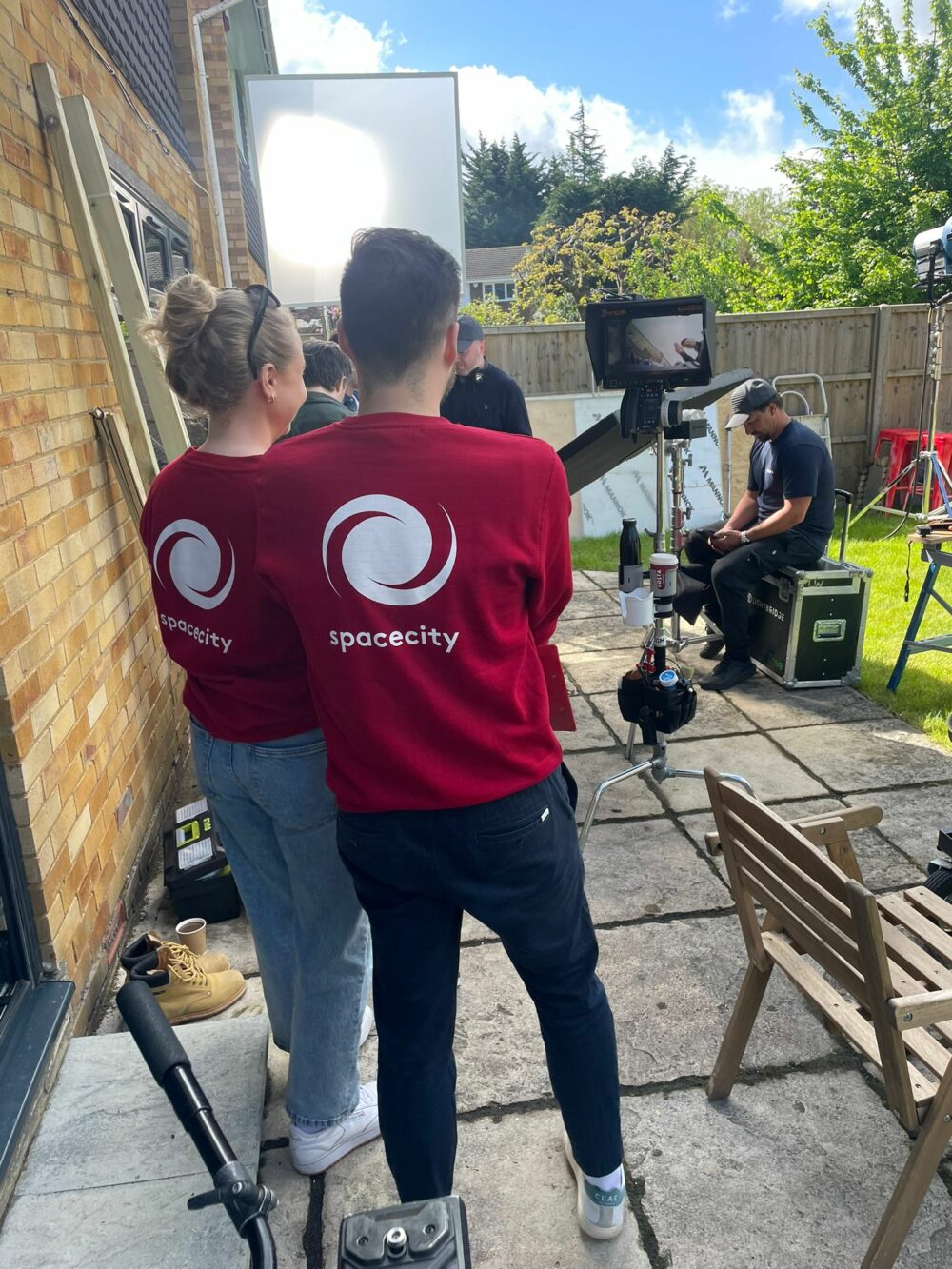3 SIMPLE, but long term steps will transform your business’ ability to maintain optimum CRM and save on advertising costs.
With the growing emphasis of advertising as a whole shifting away from cookie based metrics and towards individual targeting.
This process is about creating an autonomous approach to overall marketing, extricating your brand from device based, or medium specific advertising, but creating an individual experience that can be relevant to all.
Marketers have been obsessed with transient, instant success with little in the way of long-term vision for brand success.
The scale of both TV and now online has enabled advertising to be more personalised, but the best campaigns are ones that are engrained on the mind over time.
Therefore to launch your brand towards a trajectory that is upward beyond 2017, the need to creating aspirational content, one that if anything is more patient and subtle.
First then of our 3 steps towards engaging your consumers and succeeding in improving your ROI is entertainment.
Creating content which is ultimately going to be memorable rather than immediately persuasive is key.
Studies into short and long-term memory have indicated that no more than seven individual items, while this has been shortened by some researchers to as little as four.

Thus to truly differentiate from competition whereby you have brand affirmation at the forefront of your campaign, is to take a back-to-the-future approach.
Before the exponential rise in online consumption, TV’s effectiveness was lower in comparison to its advertising rivals: print, radio and outdoor today.
When consumers sought something directly they utilised print or classified ads.
Of course with the vast power of search, any item can be found at such convenience that the scale of online has rose to such a level, brands have to focus imperatively on language within their ads to improve the impression ratio, where actual retention is neglected.
TV now has the ability to provide this focus across all levels; targeted and mass, interactive and programmatic, it is the to message that needs to be driven towards memorability.
Within such a data driven business world where figures can be measured realtime through online and increasingly TV, that long-term thinking has has left a gaping chasm which can be exploited in advertising.
87% of all viewed video is from TV, considering the vast scale of online and the unparalleled access your consumers have to video, social media and sharing facilities will mobilise this brand orientated vision.
Currently five of the 10 most shared ads are humour based- of course this is not a general tone every brand can take given the contextual and brand differences, but offering creative material that is consistent and original will continue to be vindicated.
The un-tapped potential of content that is video specific and initial viewed on TV, has an abhorrently poor reviewing rate online that your business can exploit with focus on entertainment.
Ultimately as we link to the second of 3 crucial elements to ad success, TV brand awareness advertising offers sales uplifts of 140% over a 3 year period, compared to just 10 per cent with short-term activation campaigns.
Therefore focusing on reiterating your brand ethos as appose to transient deals or promotional campaigns will ultimately keep your business in minds of the masses.
Short-termism has been born from the instant gratification on offer from the power of direct response advertising, scale of online and measurability.
However more than half of advertising investment return appears more than a year after the ad was first aired, underlining the commercial gains that you could make with long-term thinking.
Short-term memory lasts merely 15-30 seconds, while long-term memory has the capacity to last a lifetime.
While it is not possible to sometimes buy so much airtime that you saturate broadcasts’ to such a degree that they are engrained from a product point of view, to create a piece of timeless creative is not so extortionate.
Ultimately a well-produced DRTV advert will offer the initial uptake in sales, however it is the deal and language that was appealing to spontaneity, not the perception of the brand as a whole.
Following onto our final step of 3, the focus your TV advertising campaign needs to have on using the language within it that can be communicated through word of mouth.
Something that lasts in the memory for 15-30 seconds is highly unlikely to spread through social media, through friends, family and work colleagues of the viewer.
Therefore the importance of using creative that has the simplicity and colloquial ability to be relatable subjectively is crucial.
Context is key, if it is misinterpreted your entire brand image is distorted and unclear, resulting in the increased expenditure of a DRTV ad to compensate.
Language then, or semiotics depending on the creative needs to be memorable and not focus on the obvious element of quick sales.

In order for the TV ad to be memorable, thus capable of being shared and regaled again and again it needs to be impressionable.
If it is mere information, figures, or invasive online specific ads which are now being commonly blocked and skipped, then the perception is one that will either be negative or forgotten.
Word of mouth spreading ads though is five times more efficient through TV than other mediums.
To achieve the brand resonation, prolonged engagement and sales which delivers the greatest cost effectiveness, TV is essential.
Commercials on TV statistically make people laugh 62 per cent of the time, in comparison to the next most efficient outlet, Youtube.
Furthermore 58 per cent of TV ads make people emotional, while Youtube is successful just nine per cent of the time.
Overall these failings of online, underline the importance of all these 3 factors in maintaining brand resonance beyond TV.
Space City delivers brand response campaigns which have accelerated start-ups and SMEs like Moonpig, GoCompare and Diet Chef to name but a few.
Contact the team now and you can find that long-term brand campaigning is something that does not have to be costly.


